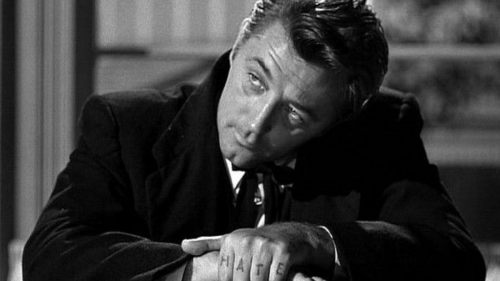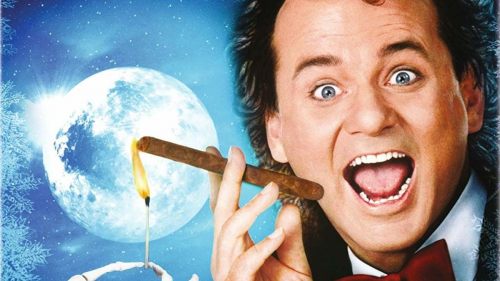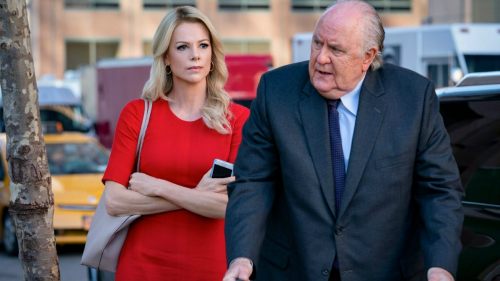Cover to Credits: TO DIE FOR
"The book was better" is a phrase heard often in conversations about book-to-film adaptations. "Don't judge a book by its movie" is another common jab. While we've all uttered some version of this sentiment at one point or another, there have been those rare occasions when the opposite is true. As a lifelong bookworm and cinephile, I've discovered that whether I read the book before or after seeing the movie can have a profound influence on my enjoyment of the story across both mediums. In this column, I’ll be checking out old and new adaptations to further explore both sides of that experience. In the process, I hope to unveil how these two vastly different mediums work together to tell the same story, from cover to credits.
---
“The way I see it, everything people do in the world, the whole point is having an audience.”
- Joyce Maynard, To Die For
In her novel To Die For, author Joyce Maynard assembles the perspectives of many different characters to tell the story of a murder. Slowly, through individual accounts from family members, students, co-workers, and acquaintances, the true nature of aspiring TV journalist Suzanne Stone Maretto (Nicole Kidman) is exposed. Drawing on several elements from 1991’s widely televised trial of convicted murderer Pamela Smart, Maynard says she wrote the novel to “explore questions of fidelity, love, sexual obsession, ambition, violence, and how our thoughts about these things are created and manipulated by television.” From Suzanne’s media warped point of view, all the world is a stage, making her melodramatic spin on the events surrounding her husband’s death a carefully orchestrated performance. Considering that “reality” television was becoming more and more scripted in the nineties, entertaining audiences often meant shocking them by turning the camera on the misfortunes of others. Maynard explores that reality through Suzanne Stone, a woman so driven by her obsessive desire for fame that she will stop at nothing to get her name and face on television.

The novel is enticing in its structure, presenting each chapter as an interview with someone who either knew Suzanne or was personally affected by her actions. Those actions involving her willfully manipulating three disreputable teenagers into offing her doting husband, Larry Maretto (Matt Dillon), when his insistence on starting a family infringes on her ambitions and camera-ready appearance. Having convinced the station manager (Wayne Knight) at the local cable studio where she works to allow her to make her documentary “Teens Speak Out”, Suzanne easily cons Russell Hines (Casey Affleck) with money, Jimmy Emmet (Joaquin Phoenix) with sex, and Lydia Mertz (Alison Folland) with friendship into doing her bidding.
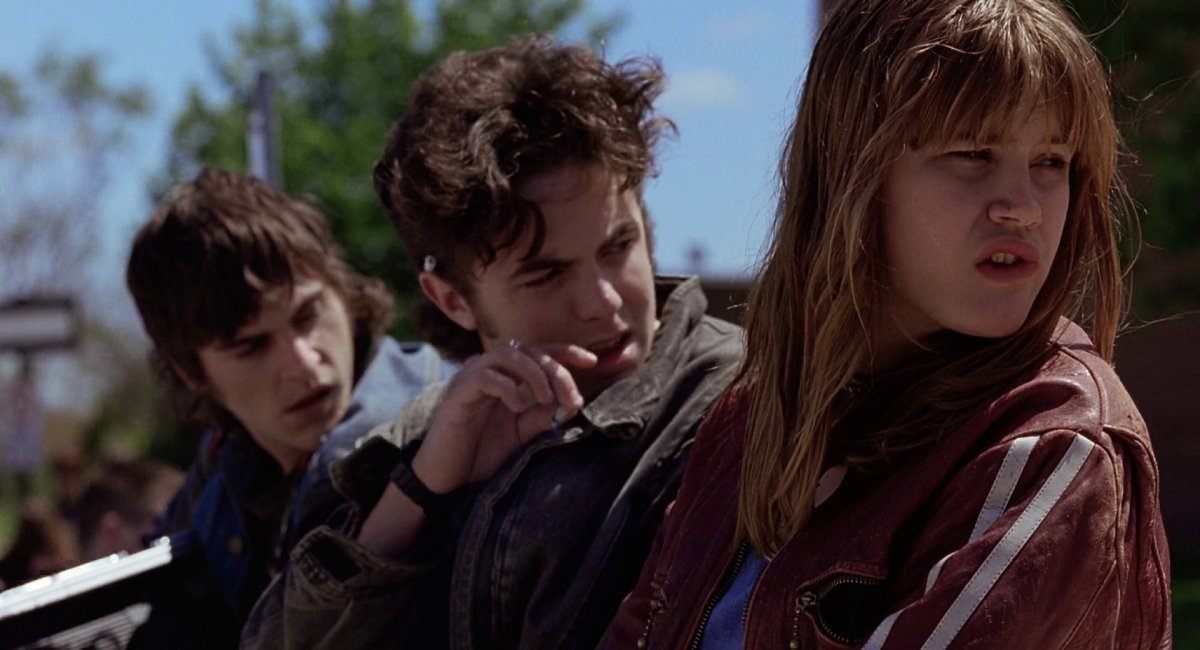
They say that perspective is everything, and what fascinates me about Maynard’s narrative is how the testimonies of others ultimately color our own view of Suzanne, revealing her to be an extremely intelligent yet malicious and untrustworthy woman. Having spent her entire life performing for non-existent cameras, she’s utterly incapable of authenticity. While family members speak fondly of her childhood aspirations of becoming the next Barbara Walters and a supposedly delicate nature, others allude to a wilder side of her personality that led to her attraction to things like heavy metal – oh, and Larry. Men in general seem easily deceived by her delicate flower routine, but others, like Janice Maretto (Illeana Douglas), see through the façade to the icy, sociopath beneath the surface.

Of course, Gus Van Sant’s adaptation translates these testimonies into actual television interviews, enhancing the voyeuristic essence and social commentary of the text. Very little gets lost in translation given his exceptional execution of this tabloid media structure. In a recent tribute to the film’s late screenwriter, Buck Henry (who also appears as Mr. Finlaysson, whacking Russell across the head with a rolled-up magazine whenever he steps outta line), Maynard credits his remarkable humor for the story’s seamless transition to the screen: “To me, there is little more worthy of respect than a great sense of humor. Not the joke-telling, punch-line variety. I’m talking about a sense of humor rooted in a deep understanding of the way people behave and the inherent comedy in the human condition. Buck Henry had that.” The two writers obviously shared a proclivity for finding humor in the darkest recesses of the human condition, supplying To Die For with that satirical edge I love so much.
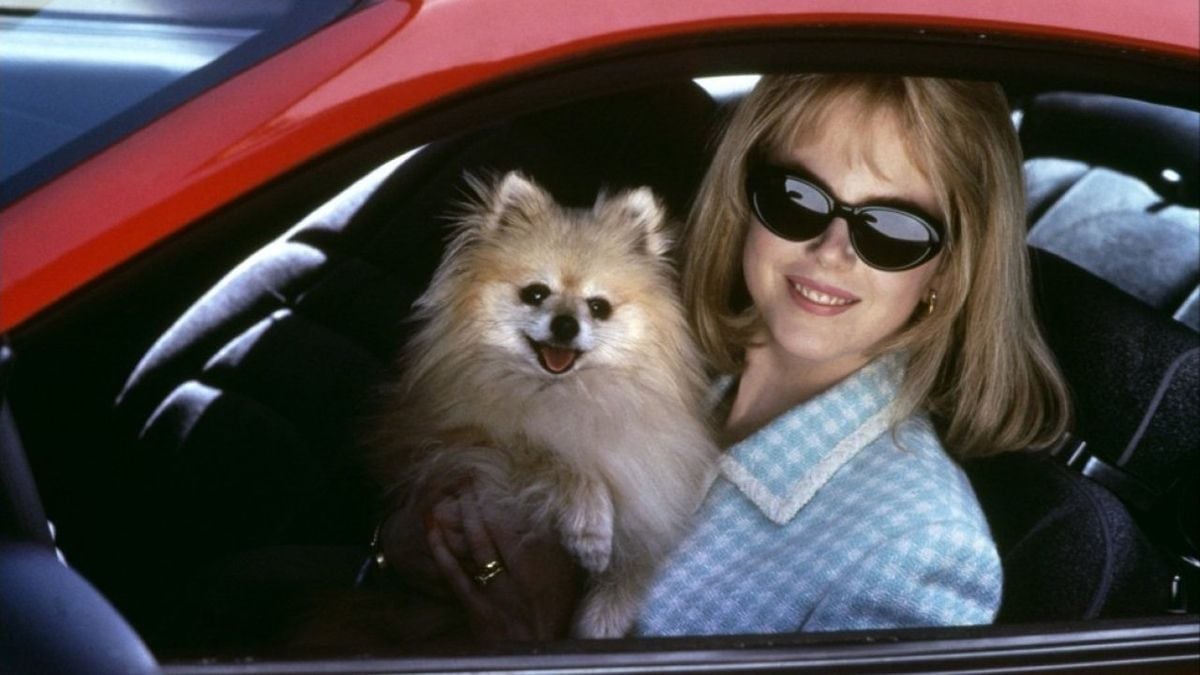
Everything on screen, from the vibrant costumes by Beatrix Aruna Pasztor to the offbeat score of Danny Elfman breathes life into the peculiar atmosphere of Little Hope, New Hampshire. Nicole Kidman embodies Suzanne Stone Maretto so completely that, while reading, I found it impossible not to envision her in all her matching pastel glory, or to hear her calculated tone when listing “that actress that just got married to Tom Cruise” as someone she’d like to see play her in the movie version of her life. Although Meg Ryan was originally attached to star, it’s clear that Maynard was spot on in her vision. It's hard to imagine any other actress would have come close to delivering such an arresting and impeccable performance.

In retrospect, one look at the cast suggests the film was headed for a certain level of success. Supported by accomplished actors the likes of Holland Taylor, Kurtwood Smith, and Dan Hadaya, along with rising stars Phoenix and Affleck, Maynard’s characters couldn’t have been in better hands. However, for me, aside from Suzanne, the stars of the show have always been Lydia Mertz and Janice Maretto. Returning again to Maynard’s intriguing structure, it’s the testimonies of these two women – one too young and naïve to see Suzanne’s true colors, while the other is wise to her act from the second she lays eyes on her – that brings the ugly truth of Suzanne’s diabolical nature to light.

Don’t get me wrong, Suzanne’s actions are reproachable, narcissistic, and sociopathic. She’s the kind of gal you love to hate. Yet, at the same time, it’s kind of hard not to admire her tenacity in the early stages of her career. She has no qualms when it comes to calling people out for reducing her to a “pushy ball-busting woman” simply because she has the nerve to pursue her dreams with the confidence of a mediocre white man. Regrettably, that perspective of her story is still all too relatable. But as she says in the book (you can hear Kidman's voice, right?), “It’s a dog-eat-dog world out there. You have a goal, you’re a fool not to go out there and pursue it. Because I’ll tell you something: If I don’t go after what I want, there’s always going to be someone else who will. And if there’s a prize out there for the taking, it might as well be mine.”
In the end, Suzanne gets her prize and the level of fame she always dreamed of – all she had to do was lie, cheat, kill, and die for it.

